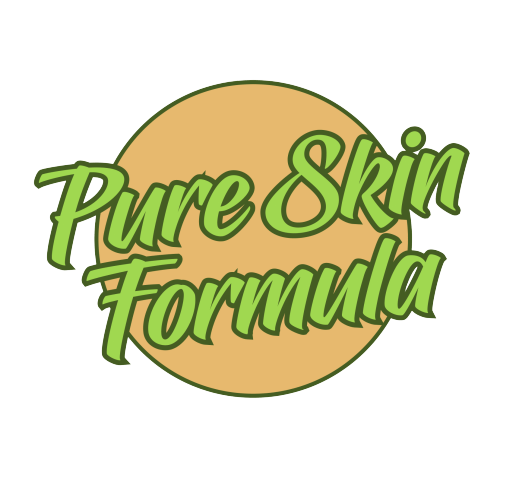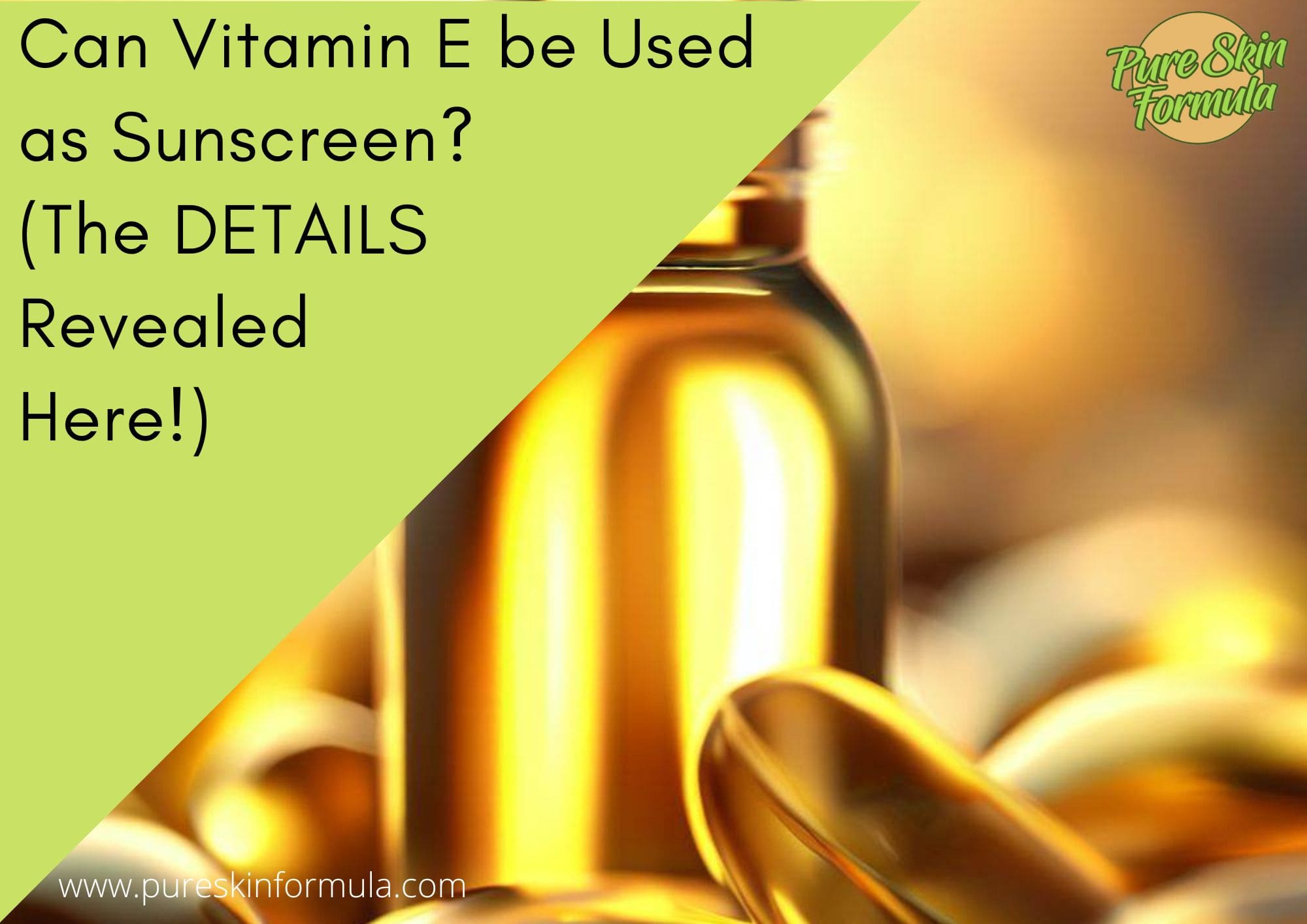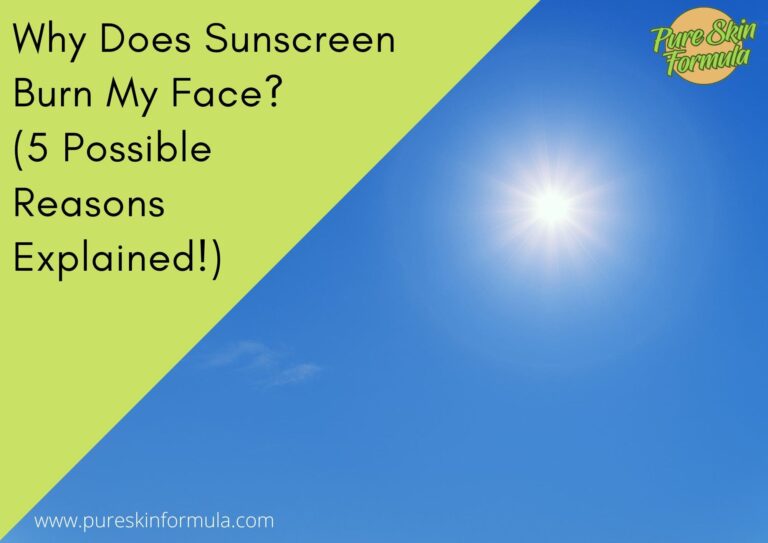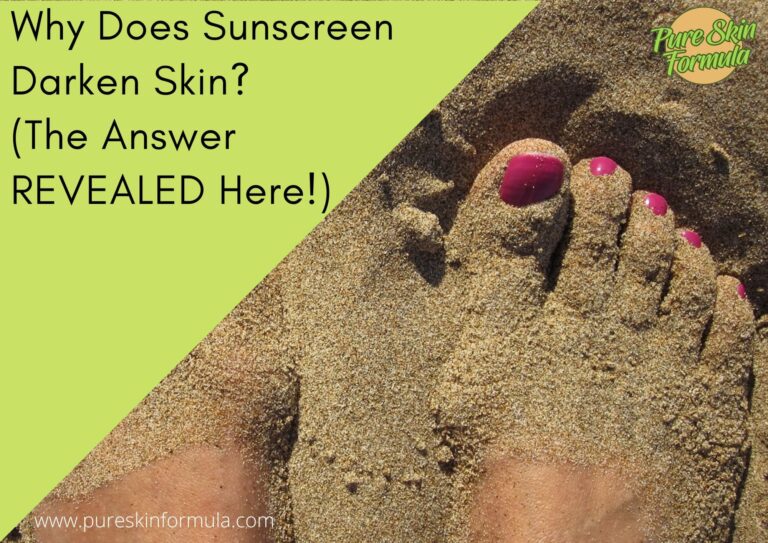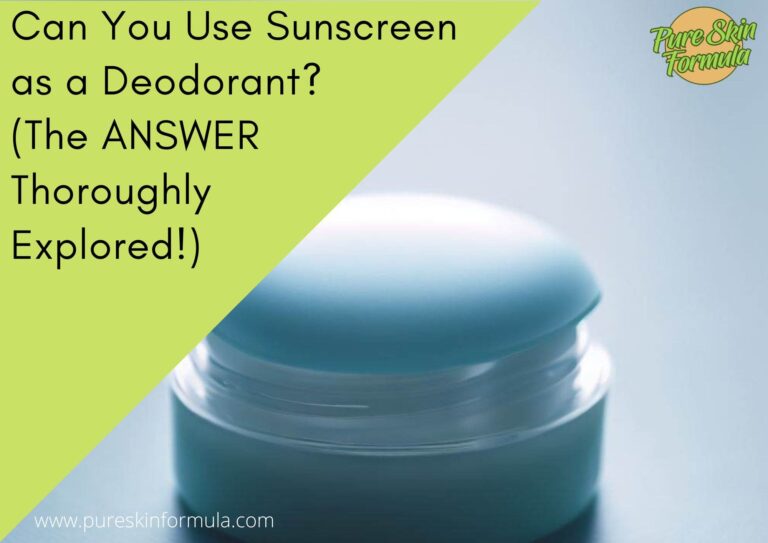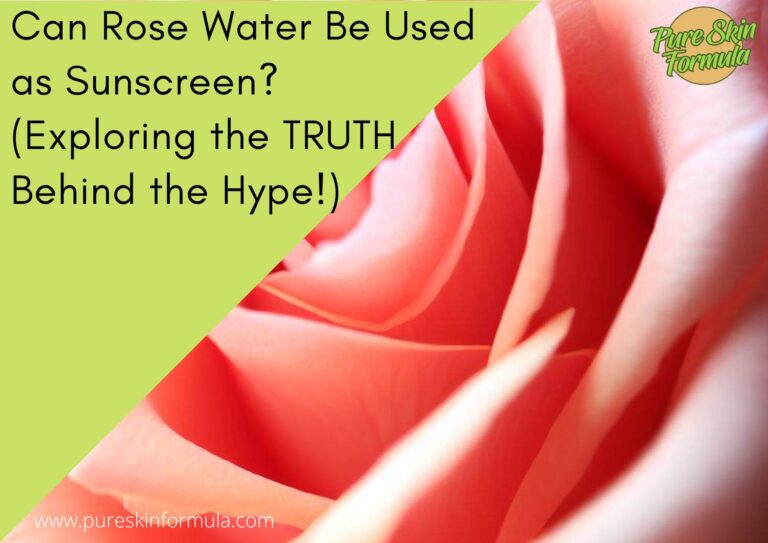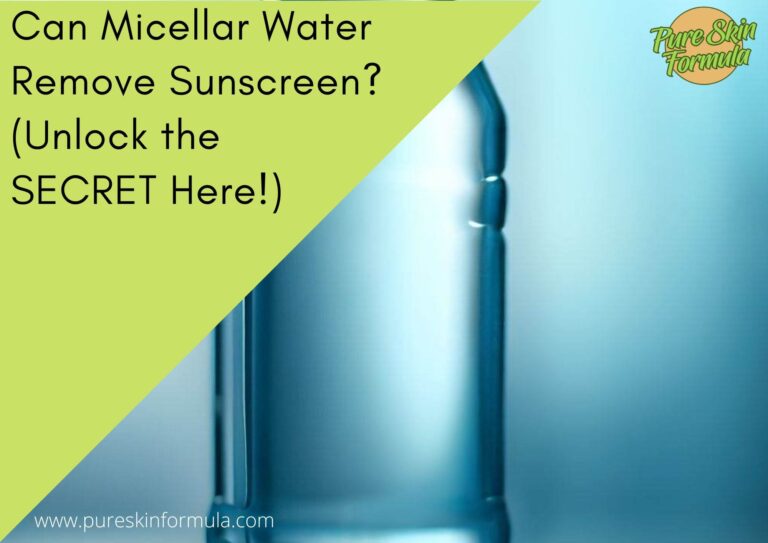Are you tired of slathering on thick, greasy layers of sunscreen every time you step outside? What if a natural alternative could offer sun protection without the heavy residue?
Vitamin E has been making waves in the beauty and skincare world, with some claiming it can be used as a substitute for traditional sunscreen. But is there any truth to this bold statement?
In this article, we’ll dive deep into sun protection and explore whether vitamin E is viable for shielding your skin from harmful UV rays.
Can vitamin E be used as sunscreen?
Vitamin E cannot be used as a standalone sunscreen. While it possesses antioxidant properties that can help protect against free radicals generated by UV radiation, it does not provide sufficient protection against UVA and UVB rays.
Vitamin E may offer minor sun-protective benefits when applied topically, but it should not be relied upon as a substitute for traditional sunscreens.
To safeguard against the harmful effects of UV radiation, it is crucial to use a broad-spectrum sunscreen with a high SPF, wear protective clothing, seek shade, and avoid peak sun hours.
While vitamin E can be incorporated into skincare routines for its antioxidant properties, it should be viewed as a supplementary component rather than a replacement for proper sun protection measures.
It is always advisable to consult dermatologists or healthcare professionals for personalized advice on sun protection.
Let’s dissect the topic.
Understanding sunscreen and UV radiation
UV radiation, a form of energy emitted by the sun, consists of different types, primarily UVA and UVB rays. The first have longer wavelengths and can penetrate deep into the skin.

They are responsible for causing premature aging, such as wrinkles, fine lines, and age spots. UVA rays are present throughout the year, even on cloudy days, and can penetrate through glass windows.
UVB rays have shorter wavelengths and primarily affect the outermost layers of the skin. They are the leading cause of sunburns and are more intense during summer and at higher altitudes. UVB rays are also associated with an increased risk of skin cancer.
Here comes the role of sunscreen, which is vital in shielding the skin from the harmful effects of these rays.
Sunscreens with a high SPF (sun protection factor) rating protect against UVB rays. The SPF number indicates how long UVB rays take to cause sunburn compared to unprotected skin. For instance, an SPF 30 sunscreen would take 30 times longer to burn with the sunscreen than without it.
What is vitamin E?
Vitamin E is an essential nutrient crucial to maintaining our overall health. It belongs to a group of fat-soluble compounds called tocopherols and tocotrienols, collectively known as vitamin E.
It helps to protect our cells from damage caused by harmful molecules called free radicals, resulting from various factors like exposure to UV radiation, pollution, and normal bodily processes.
The most common form of vitamin E, tocopherols, include alpha-tocopherol, beta-tocopherol, gamma-tocopherol, and delta-tocopherol. Among these, alpha-tocopherol is the most biologically active form and is commonly found in supplements and fortified foods.
Tocotrienols are a less commonly known form of vitamin E but possess antioxidant properties. They are structurally similar to tocopherols but have a slightly different chemical arrangement.
The topical application of vitamin E can help reduce oxidative stress directly on the skin’s surface and combat the free radicals generated by UV radiation and other environmental factors.
Vitamin E and sun protection
Vitamin E has garnered attention for its potential sun-protective properties, but it’s essential to understand the existing scientific research and consider its limitations and inconsistencies.

Several studies have explored the potential of vitamin E in providing sun protection and reducing the harmful effects of UV radiation on the skin.
Vitamin E’s antioxidant properties have been investigated for their ability to neutralize free radicals. Vitamin E may help minimize oxidative damage and mitigate some of the skin’s responses to sun exposure.
Other studies have explored the synergistic effects of combining vitamin E with compounds, such as vitamin C or green tea extract, to enhance their sun-protective abilities. These combinations have shown promising results in reducing inflammation and improving skin resilience against UV damage.
Certain studies have demonstrated that vitamin E may help reduce erythema (redness) and inflammation associated with sunburn or UV exposure when applied topically or consumed orally.
Despite these positive findings, vitamin E should not be relied upon as a substitute for broad-spectrum sunscreen. Sunscreen remains the gold standard for protection against the harmful effects of UV radiation.
However, incorporating vitamin E into your skincare routine or diet can offer additional antioxidant support and may have complementary sun protection benefits.
As further research is conducted, it will help provide a clearer understanding of vitamin E’s role in sun protection and guide its potential use in combination with other protective measures.
Can vitamin E be complementary to sunscreen?
The good news is that vitamin E can work with traditional sunscreens to enhance their effectiveness.
When vitamin E is combined with sunscreen ingredients, it can enhance the photoprotective effect. This combination may help neutralize free radicals and mitigate the damage caused by UV radiation more effectively.
Vitamin E has been found to improve the photostability of sunscreen ingredients. It can prevent the degradation of sunscreen components when exposed to sunlight, ensuring that the sunscreen remains effective for a longer duration.
Vitamin E is anti-inflammatory and moisturizing, helping to keep the skin supple. It supports the skin’s barrier function as well.
Other sun protection measures

We can go beyond just relying on a single method. Wearing protective clothing is an effective way to shield your skin from UV radiation and minimize sun exposure.
Opt for clothing that covers a larger surface area, such as long-sleeved shirts, pants, and wide-brimmed hats. These can provide physical protection and reduce direct UV exposure to your skin.
Consider choosing clothing with a UPF (Ultraviolet Protection Factor) rating. UPF clothing is designed to block UV rays and offers sun protection.
Look for shaded areas outdoors, such as under trees, umbrellas, or covered structures. This helps reduce direct exposure to the sun’s intense rays.
Avoid spending prolonged periods in direct sunlight, especially during peak sun hours when UV radiation is most substantial. Typically, the sun is most intense between 10 a.m. and 4 p.m. Adjust your outdoor activities accordingly.
You can use a high-quality deodorant to control sweating.
To wrap it up
While vitamin E possesses valuable antioxidant properties, it should not be relied upon as a standalone replacement for traditional sunscreen.
While some studies suggest that vitamin E may offer certain degrees of sun protection and help counteract the harmful effects of UV radiation, the research needs to be more conclusive and consistent.
It is crucial to prioritize using a broad-spectrum sunscreen with a high SPF and other sun protection measures like wearing protective clothing, seeking shade, and avoiding peak sun hours. Incorporating vitamin E into your skincare routine can provide additional antioxidant support and nourishment for the skin.
Consult dermatologists for personalized advice, and remember that a comprehensive approach to sun protection is always the best strategy for maintaining healthy, protected skin.
Thank you for reading!
Valeria
